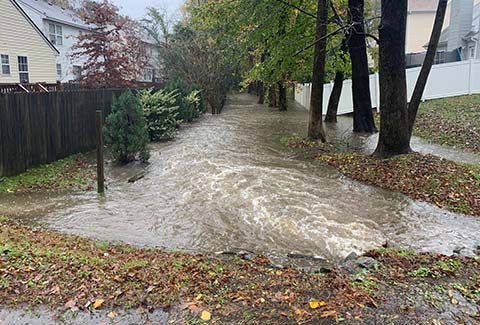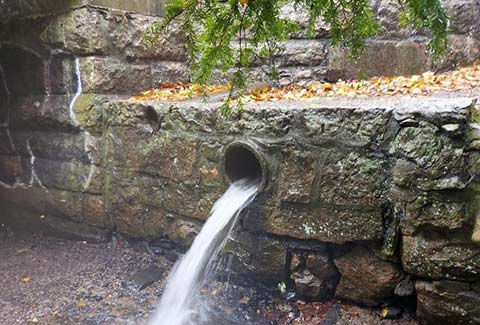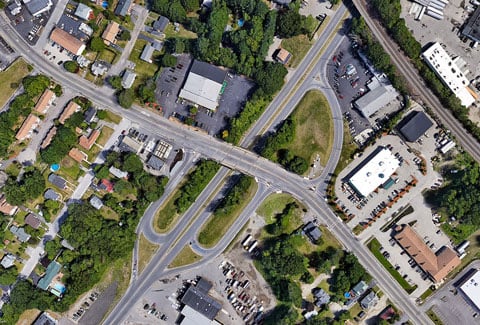Recognizing the need to address the impacts of crossing structures on stream connectivity and culvert impact on road safety and climate change, the Rhode Island Department of Transportation (RIDOT) required the development of technical guidance to assist in the design, permitting, and construction of road-stream crossings throughout the state. Due to our long-standing relationship and understanding of RIDOT’s programs and tools, as well as our broad transportation stormwater management experience, VHB worked directly with the Department to develop a set of design standards most applicable to the state’s current and future road‐stream crossing needs.
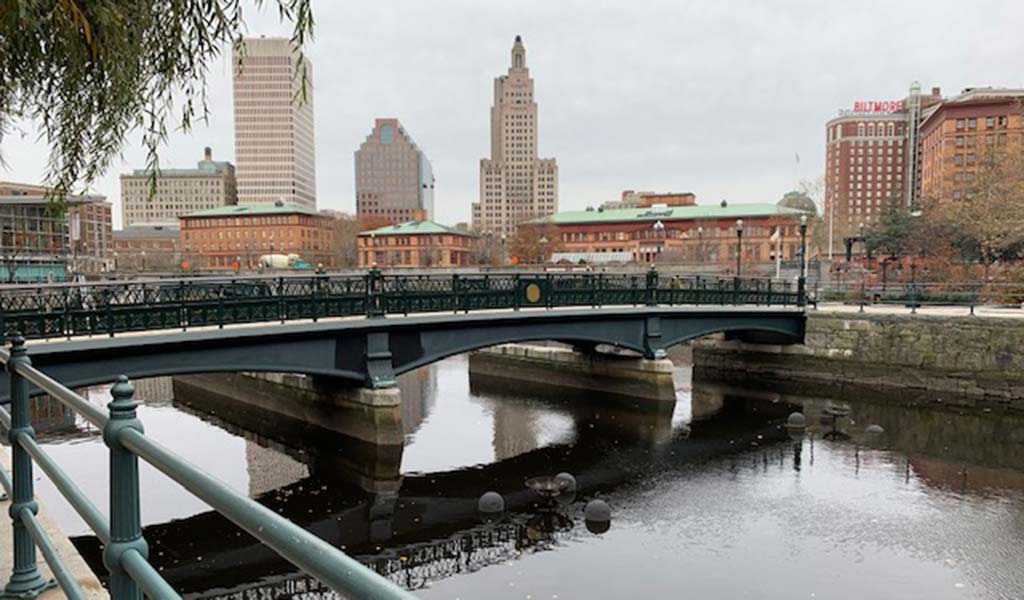
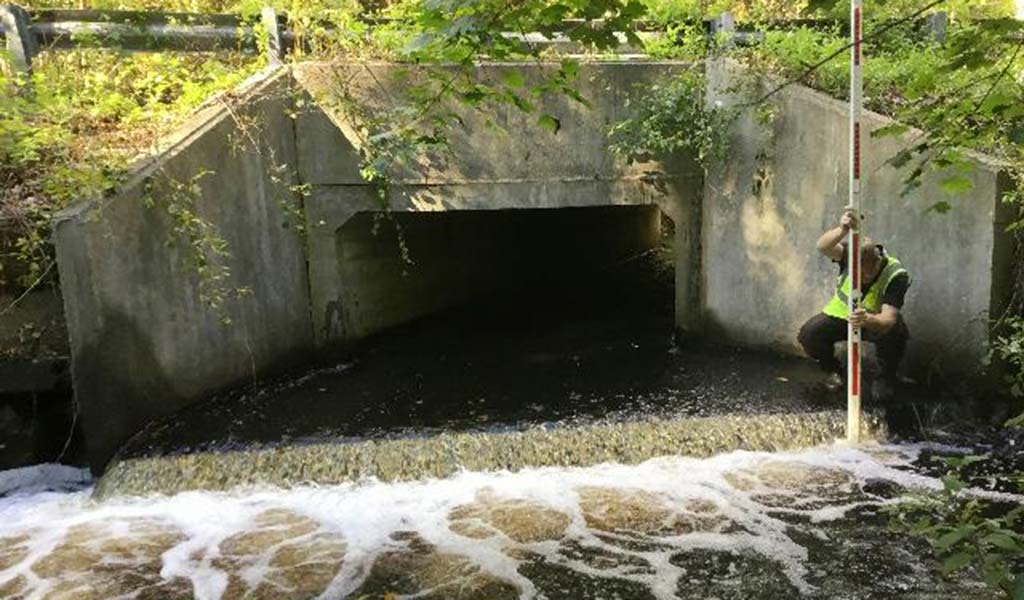
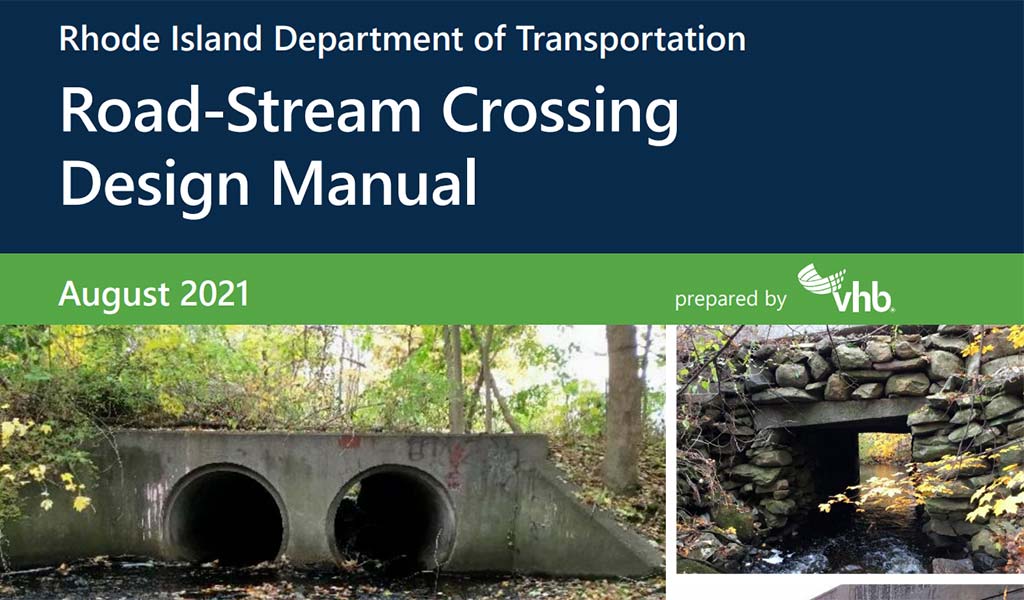
VHB completed a thorough review of existing state and regulatory agencies’ guidance regulations and standards from around New England and beyond and developed a comprehensive first draft of the design standards to present to stakeholder groups, including regional, state and federal permitting agencies. The team concentrated on providing standards which would provide hydraulic and ecologic resiliency, align to regional standards, and account for future climate change with flexible requirements that will adjust to new predictions. Equally important, they would be achievable and implementable by RIDOT designers and staff.
The final Road-Stream Crossing Design Manual represents a significant step towards creating guidance that will provide designers and engineers with road-stream crossing design criteria to help prevent habitat fragmentation of riverine ecosystems, improve stream crossing function, and provide long-term resilient infrastructure.

